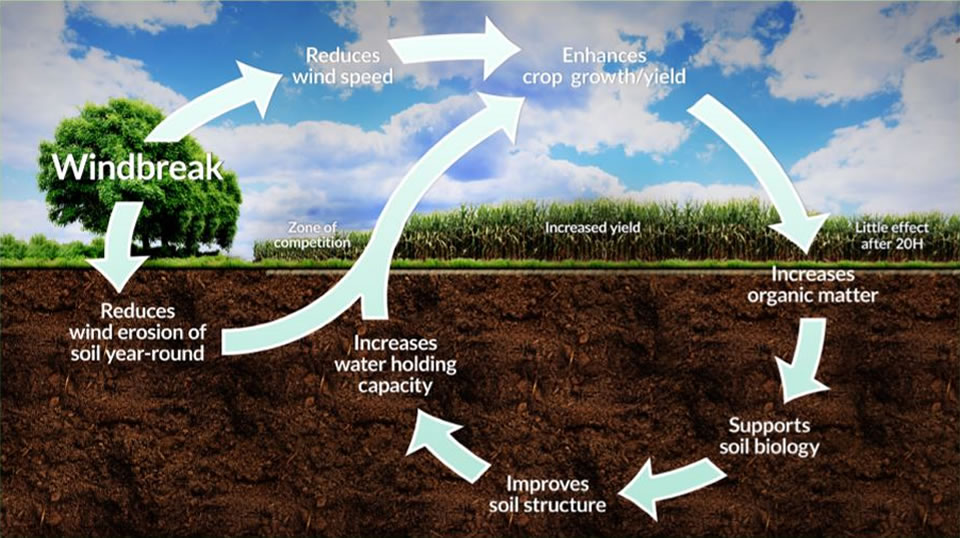How Soil Health Drives Success in Conservation Landscaping Efforts

You’d think new conservation landscaping projects would fail because of improper plant selection or a lack of watering—but, nine times out of ten, the trouble starts with one overlooked culprit: neglected, misunderstood soil. Most guides highlight “testing your soil” and “adding compost,” but they rarely unpack the real-world pitfalls most of us stumble into…and, trust me, I’ve made every one.

The Soil Blunders We All Make (But Seldom Admit)
Let’s get brutally honest about what trips up even experienced gardeners:
-
Assuming Your Soil is “Good Enough”
The first time I tried converting my useless backyard patch into a pollinator haven, I skipped a true soil test—rushed by spring fever, I assumed “it looked fine.” Wrong move. My plants languished despite diligent watering and fancy native plugs. Turns out my clay soil was so lifeless it repelled water; seeds practically bounced off the surface in frustration. -
The Compost Bandwagon Trap
Everyone says to add compost, but most don’t warn you: not all compost is helpful! The bagged stuff from big box stores sometimes contains more wood chips than decomposed organics. My failed wildflower strip from 2019 is proof—the chunky mulch slowed down seedling emergence and tied up nitrogen instead of releasing it. Lesson learned: check for dark, crumbly texture and earthy smell before spreading. -
Overworking (or Underworking) Soil
Tilling a brand-new site seems logical—loosen things up for roots, right? Here’s where nuance matters: my neighbor spent a weekend “flipping” his back lawn and achieved nothing but muddy clumps and destroyed worm tunnels that took an entire season to recover. Minimal disturbance preserves fungal networks nature built over years; sometimes just poking aeration holes with a fork does more good than manhandling. -
Forgetting About Water Movement
Ever ice-skated on puddles left after rainstorms in your yard? That’s compacted or poorly-structured soil laughing at your efforts—an embarrassment few admit to publicly. My rookie error was planting on an ever-damp slope without improving infiltration. Result: drowned roots and slow-motion plant death you can’t fix with wishful thinking alone. -
Neglecting Microbial Life
It took me ages to connect dots between constant pesticide use from the plot’s previous owner and perpetual sickly plants—even hardy natives faltered until three years after stopping all chemical treatments (yes, YEARS). Killing microbial allies sets your landscape back further than any rookie weed misidentification.
Better Solutions No One Tells You First Time Around
Here’s how I actually began seeing results—with specifics nobody prints on fertilizer bags:
- Start With Precise Data: Forget vague guesses—mail off two samples to your extension office ($15-30 total) instead of gambling with universal recommendations.
- Soil Amendment On a Budget: Municipal leaf mold or mushroom compost delivers organic matter for half the cost of commercial blends—ask local community gardens where they source theirs (I paid $25 per pickup truckload versus $60+ at retailers).
- Rotating Cover Crops Between Plantings: In fall 2022, buckwheat transformed barren beds into bee magnets while restoring texture in just eight weeks; crimson clover added both color and nitrogen the following spring.
- Mulch Smarter: Shredded autumn leaves were my best accidental discovery for suppressing weeds while feeding the underground food web (free if you ask neighbors each October).
Hard-learned Lessons in Action
Scene from last April: I stood in socks on icy mud after a thaw and cursed another section where rainwater wouldn’t soak in—a spot where my biggest blunder had been ignoring compaction signs last summer while loading wheelbarrows across the same path repeatedly.

Conversation with myself went something like:
"Why is that plant thriving there?”
“Oh...because that's where you never stepped.”
From then on: stepping stones only, even spacing them based on actual walking patterns—not aesthetics!
Checklist For Real Progress—Not Instagram Perfection
- Do a genuine soil test—and don’t cherry-pick plots that already look decent.
- Inspect new compost batches by hand before spreading; reject anything woody or ammonia-scented.
- Address drainage head-on: Dig mini test holes after heavy rain; fill problem spots with sand-compost blend if needed.
- Prioritize patience over panic: Changes below ground might take six months before above-ground improvements show.
- Document everything with photos and notes—you’ll forget exactly which year things finally clicked otherwise!
If You’re Stuck: Here’s A Permission Slip To Start Small

Choose your worst-looking corner as an experiment zone—the kind where nothing grows but dandelions or moss—and work through steps there first instead of risking widespread disappointment everywhere else.
And remember: skipping these “dirt-level” steps is the real beginner mistake everyone glosses over in their glossy blog photos!
When next season rolls around, you’ll feel smug watching healthy natives outcompete weeds with less effort, not more—all built atop patient investment beneath your feet.
That’s how authentic conservation landscapes succeed…one ugly bare patch redeemed at a time!



